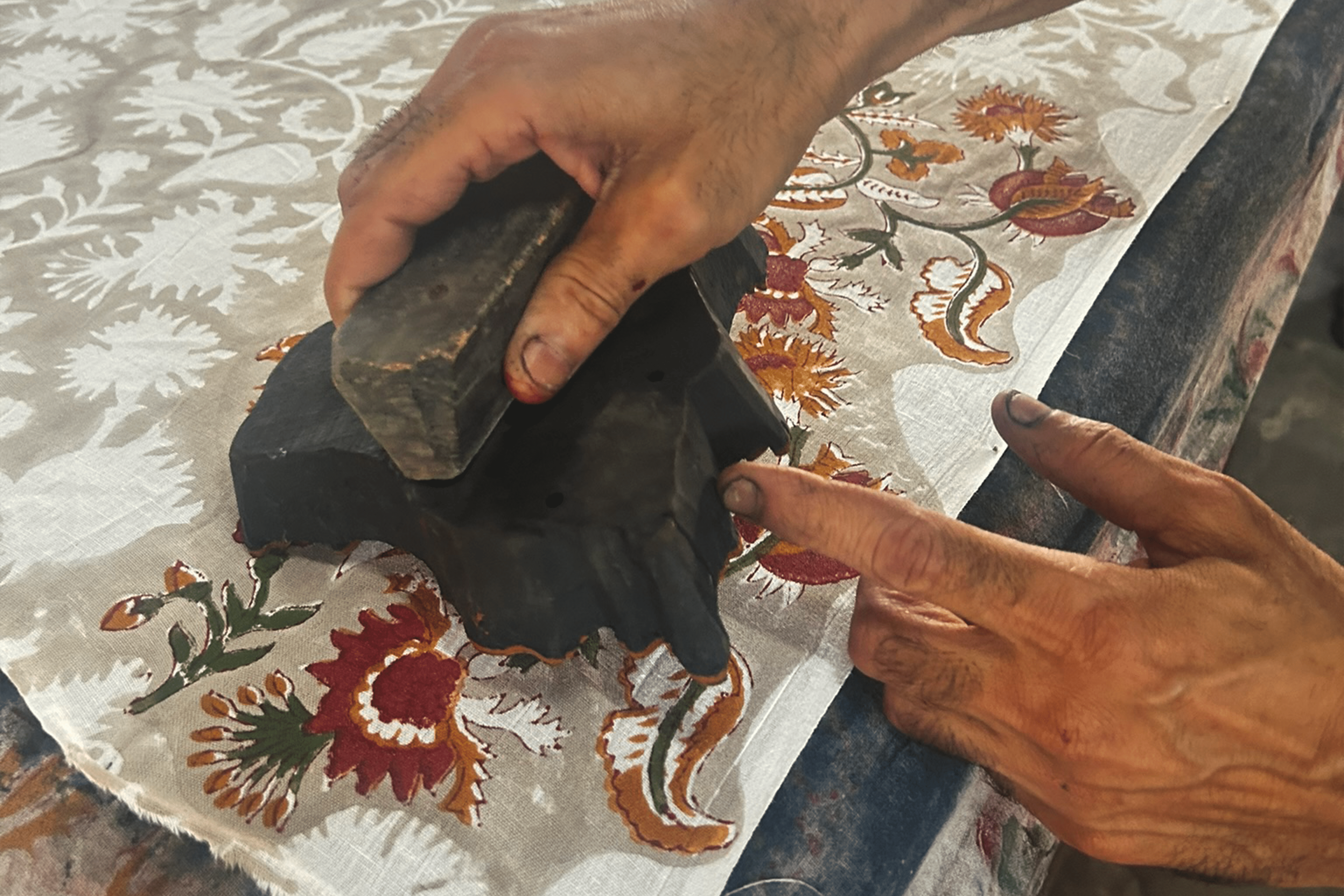
A Timeless Craft of Patience and Precision
The Art of Block Printing
Block printing is more than just a method of decorating fabric—it’s an art form that has been passed down through generations, embodying the dedication and skill of the artisans who practice it. This ancient craft, which originated in India centuries ago, continues to thrive in small villages where tradition and creativity come together to produce stunning textiles. Block printing on cotton is a labor-intensive process that requires patience, precision, and an eye for detail, making each piece a true work of art.
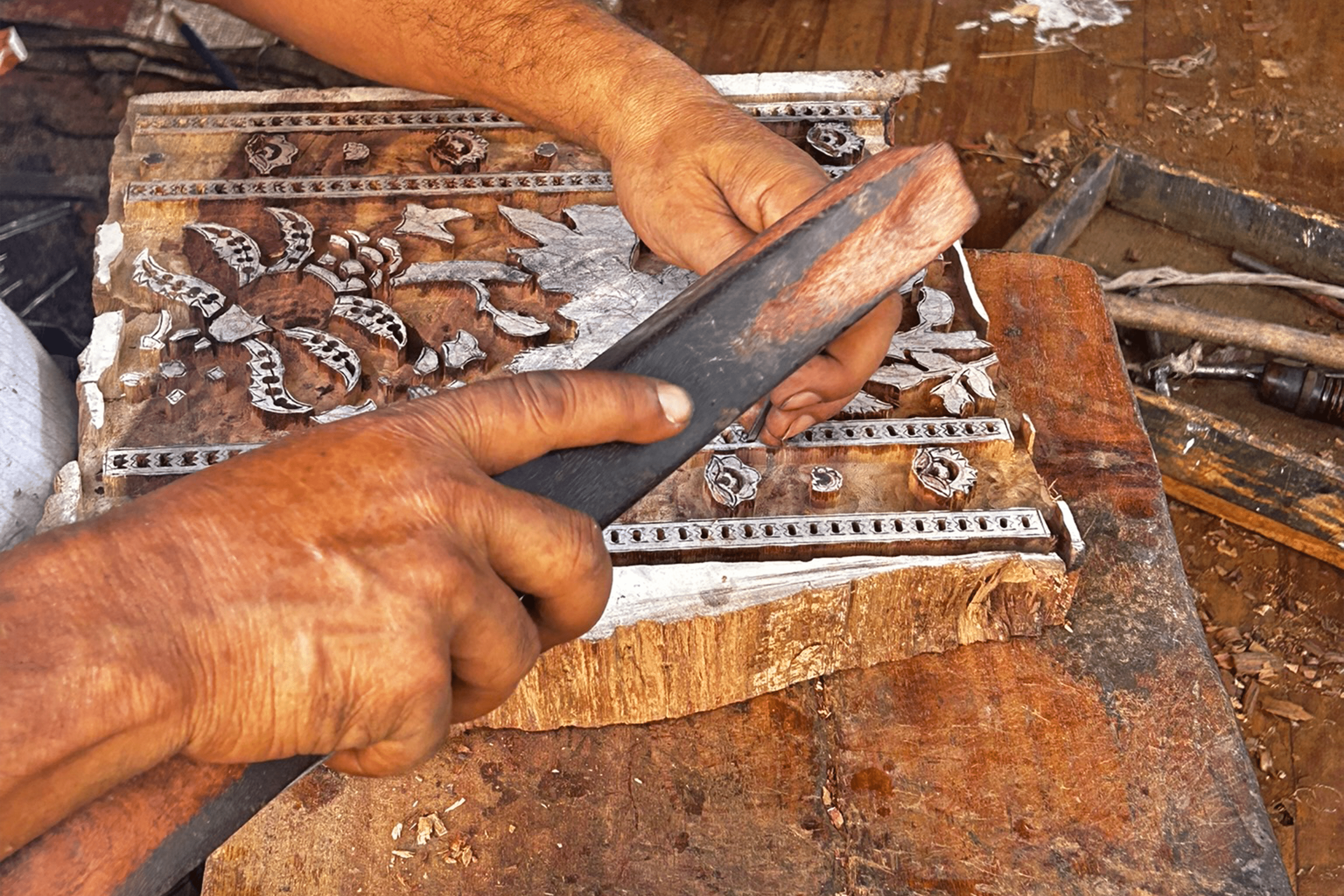
The Journey Begins
STEP 1: Carving the Blocks
The process of block printing starts with the creation of the printing blocks themselves. Skilled artisans carve intricate designs into blocks of seasoned teak wood. This step alone can take several days, as each block must be meticulously chiseled by hand to achieve the perfect pattern. The level of detail and craftsmanship in each block is extraordinary, as even the slightest mistake can affect the final print. These blocks are not just tools—they are treasured pieces of art that can be used for years, even decades.
STEP 2: Preparing the Fabric: A Clean Canvas
Once the blocks are ready, the next step involves preparing the cotton fabric for printing. The fabric is first washed and treated to remove any impurities that might interfere with the dye absorption. It is then laid out on long printing tables, stretched and secured to ensure it lies flat. This preparation is crucial, as any creases or imperfections in the fabric can disrupt the printing process. The artisans take great care in ensuring that the fabric is smooth and ready to receive the intricate designs.
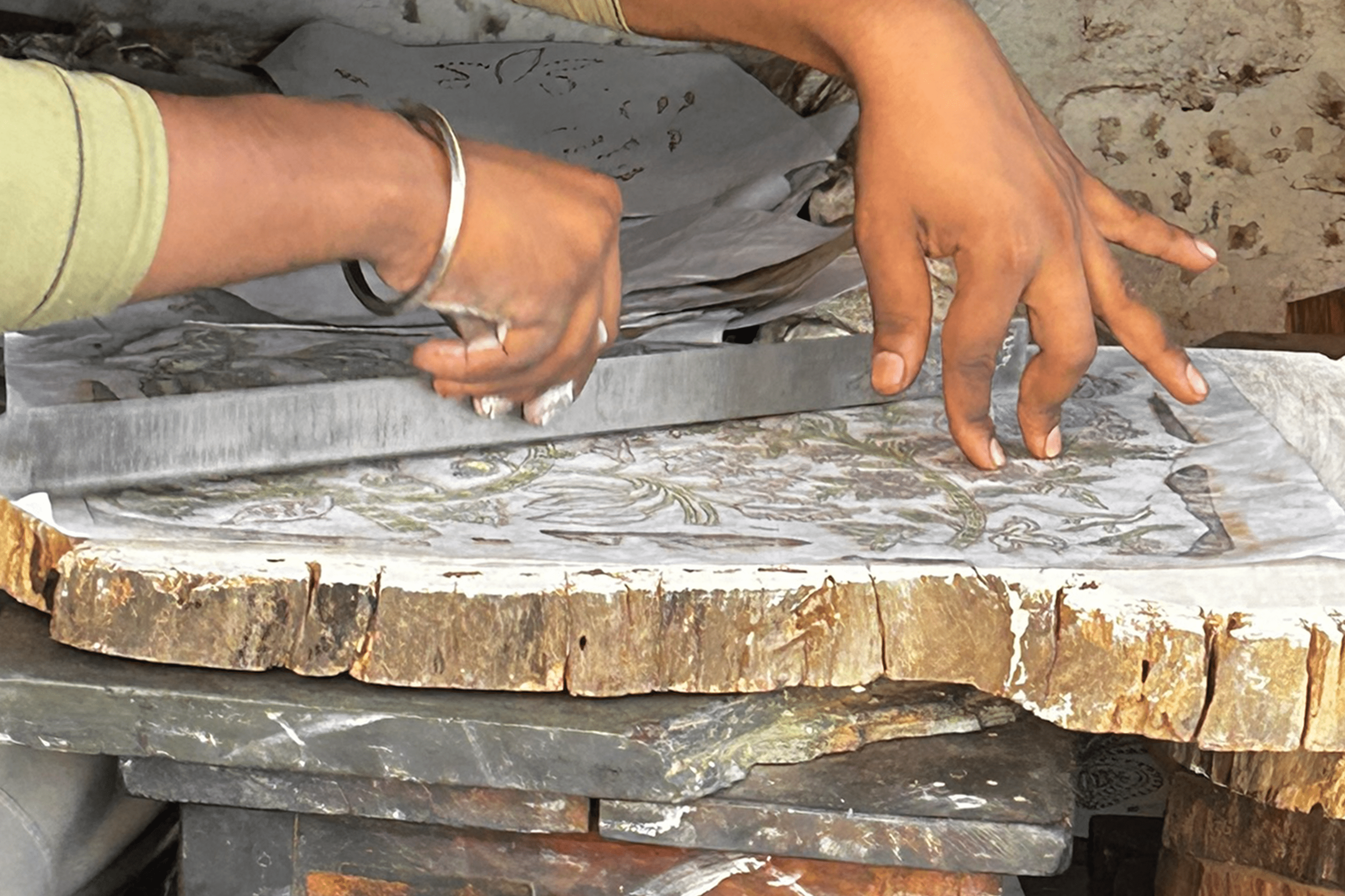
STEP 3: The Printing Process: A Dance of Skill and Rhythm
With the fabric prepared, the artisans begin the printing process. This is where the true art of block printing comes to life. The carved blocks are dipped into natural dyes—often made from plants, roots, and minerals—and then carefully pressed onto the fabric. The placement of each block must be precise, as the design is built up layer by layer, color by color. The artisans work in a rhythmic motion, aligning each block perfectly with the previous one to create a seamless pattern. This process is repeated across the entire length of the fabric, with some designs requiring multiple blocks and several hours, or even days, to complete a single piece.
STEP 4: Drying and Setting the Colors with Patience
After the fabric has been fully printed, it is left to dry naturally. This step allows the colors to set and ensures that the print remains vibrant and long-lasting. Depending on the weather, drying can take several hours to a full day. Once dried, the fabric is often washed again to remove any excess dye and to soften the material, enhancing its feel and drape. The final step involves ironing the fabric to ensure it is smooth and ready for use, whether as clothing, home decor, or any other form of textile.
Why Block Printing Matters
Block printing is more than just a decorative technique; it’s a cultural heritage that supports local communities and preserves traditional craftsmanship. By choosing block-printed textiles, you’re not only bringing home a beautiful piece of art but also supporting the artisans who pour their heart and soul into every creation. These textiles carry with them the stories of the artisans, the traditions of their ancestors, and the beauty of a craft that has stood the test of time.
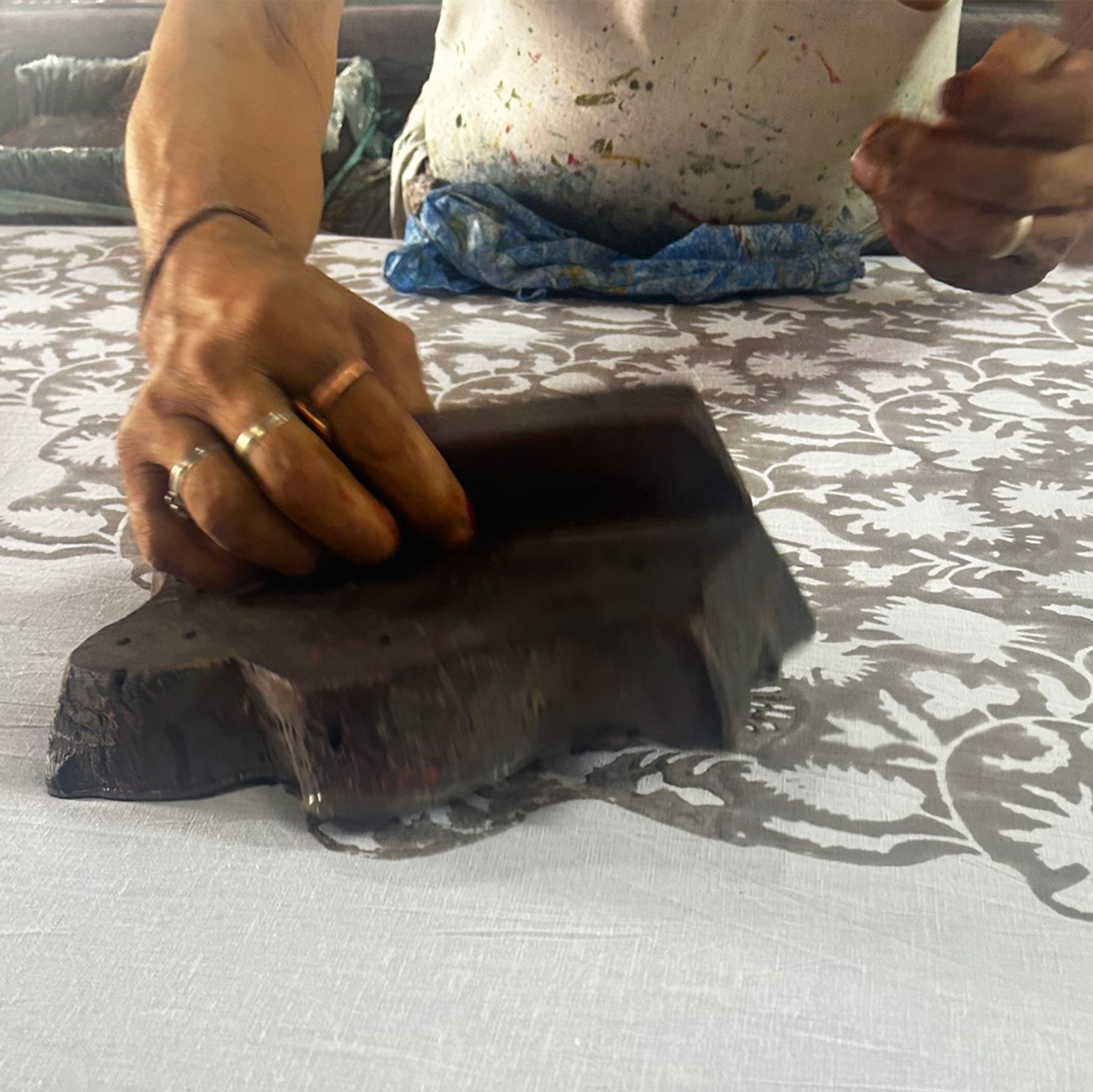
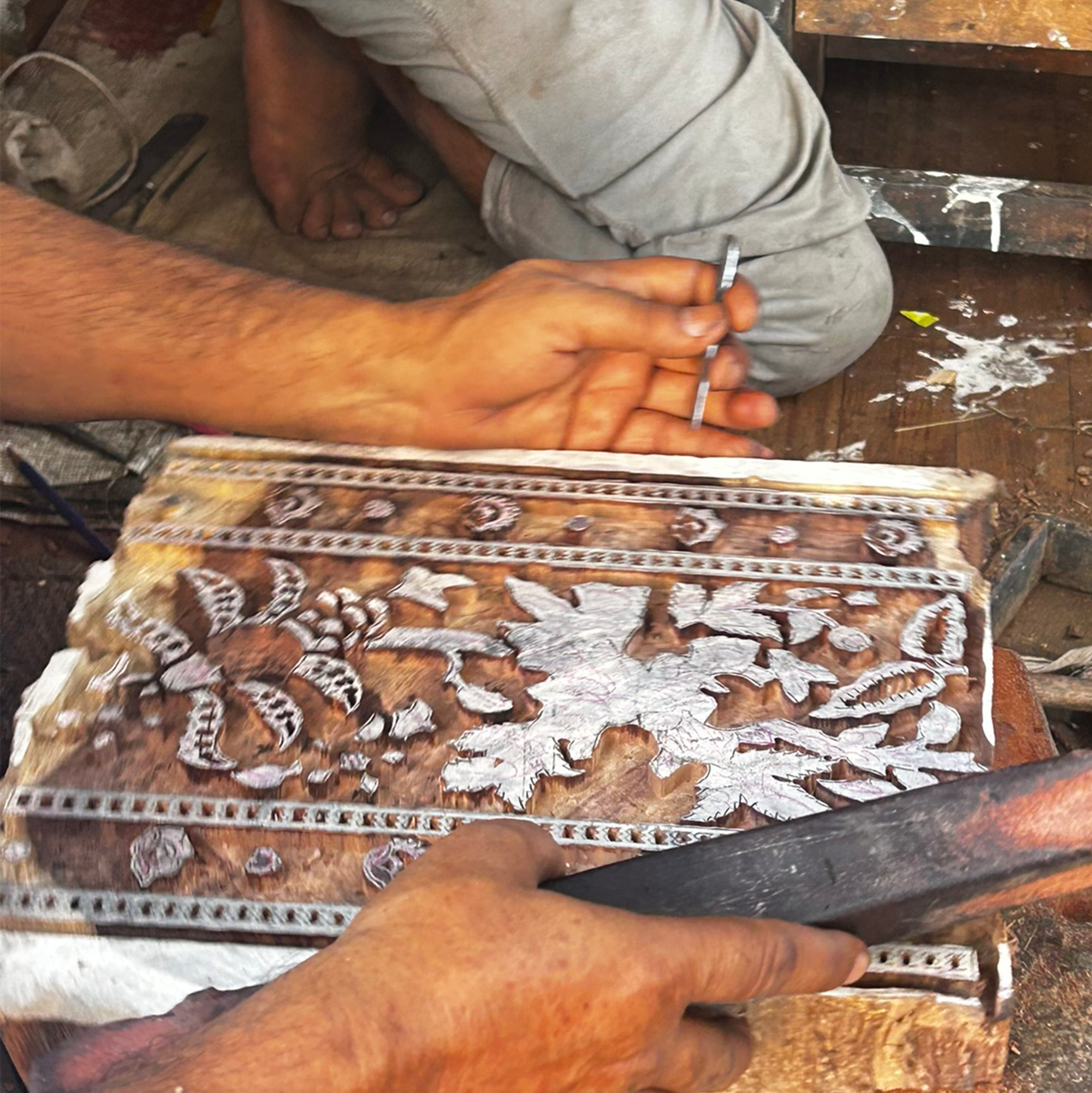
Crafting with Heart
The Dedication of the Artisans:
Block printing is not just a craft; it is a labor of love. The artisans who practice this art form dedicate their lives to mastering each step, from carving the blocks to laying the final print. This dedication is evident in the quality and beauty of the finished product. Each piece of block-printed cotton is a testament to the time, effort, and skill invested by the artisans, making it a unique and valuable addition to any collection.
